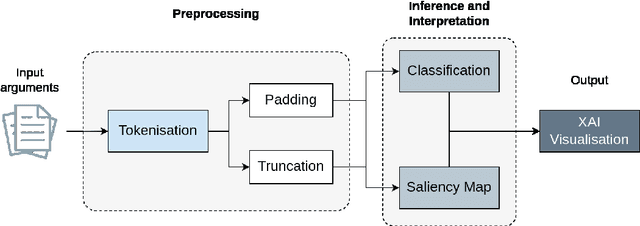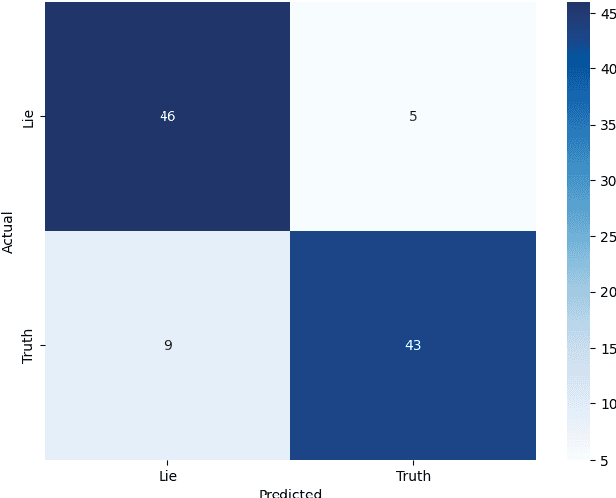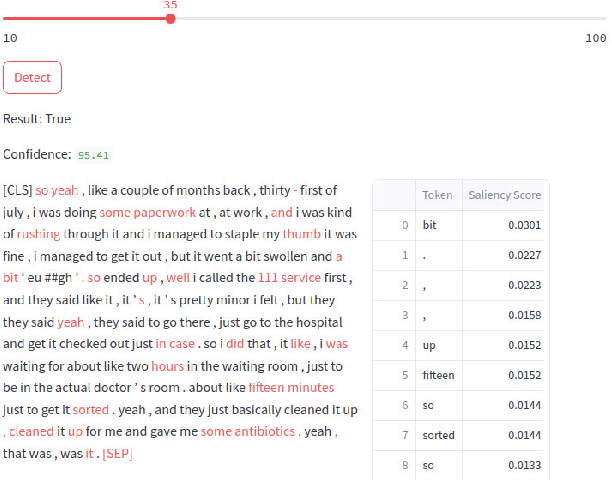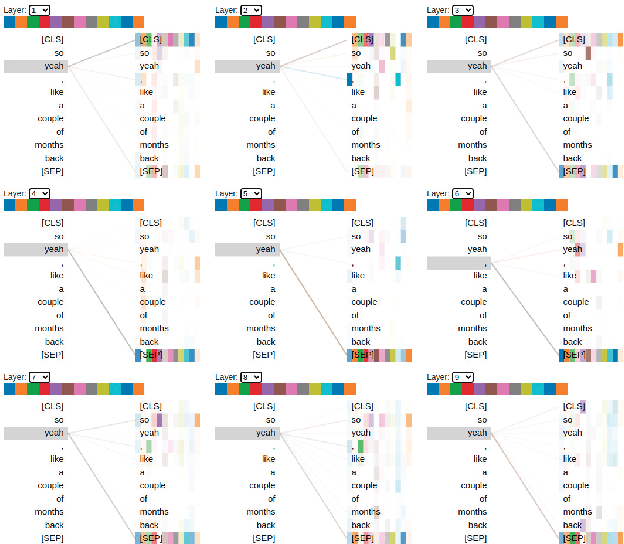Haneen Deeb
Empowering Prior to Court Legal Analysis: A Transparent and Accessible Dataset for Defensive Statement Classification and Interpretation
May 17, 2024



Abstract:The classification of statements provided by individuals during police interviews is a complex and significant task within the domain of natural language processing (NLP) and legal informatics. The lack of extensive domain-specific datasets raises challenges to the advancement of NLP methods in the field. This paper aims to address some of the present challenges by introducing a novel dataset tailored for classification of statements made during police interviews, prior to court proceedings. Utilising the curated dataset for training and evaluation, we introduce a fine-tuned DistilBERT model that achieves state-of-the-art performance in distinguishing truthful from deceptive statements. To enhance interpretability, we employ explainable artificial intelligence (XAI) methods to offer explainability through saliency maps, that interpret the model's decision-making process. Lastly, we present an XAI interface that empowers both legal professionals and non-specialists to interact with and benefit from our system. Our model achieves an accuracy of 86%, and is shown to outperform a custom transformer architecture in a comparative study. This holistic approach advances the accessibility, transparency, and effectiveness of statement analysis, with promising implications for both legal practice and research.
 Add to Chrome
Add to Chrome Add to Firefox
Add to Firefox Add to Edge
Add to Edge